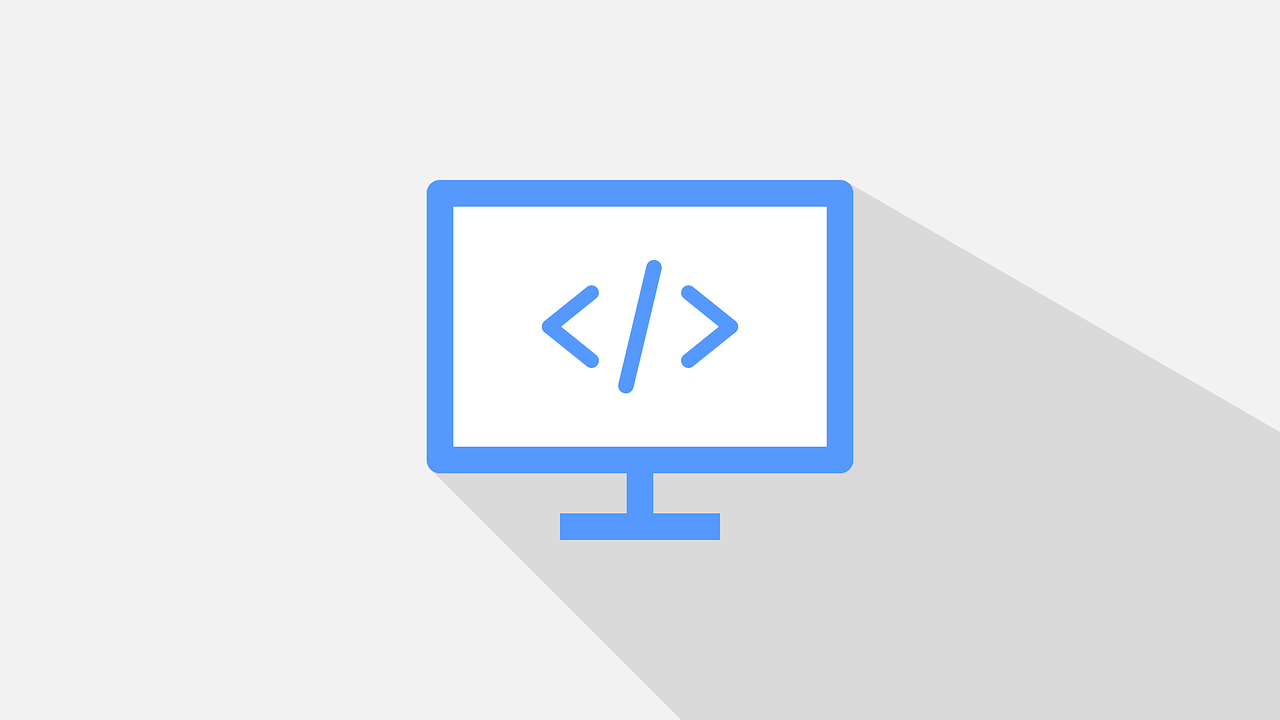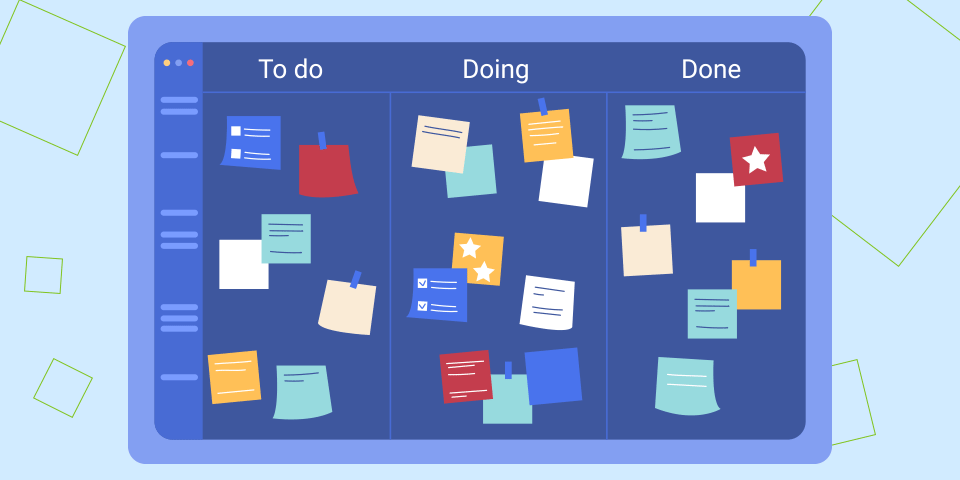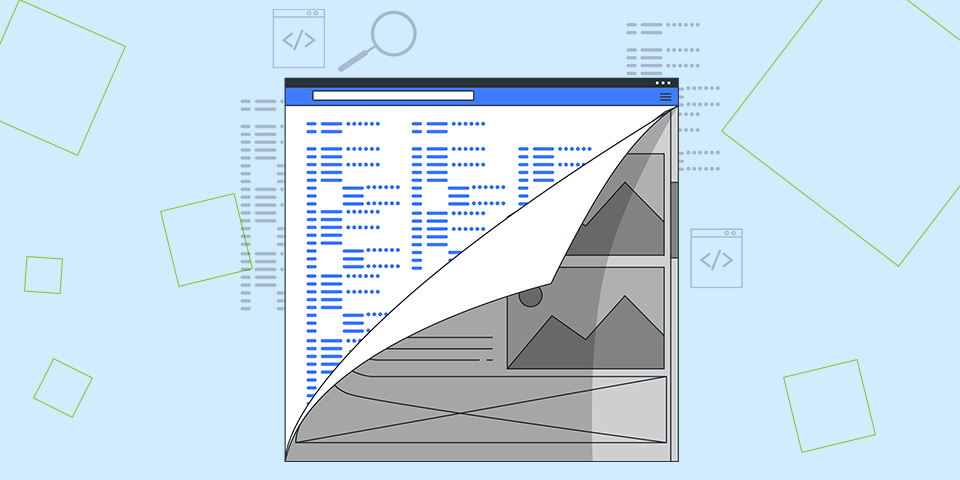LCNC: A Quick 4-Point Guide Introducing ‘Low Code No Code’

In its simplest form, the LCNC platforms and tools enable software development with little to no coding knowledge. To break it down even further:
- Low Code (LC) – requires some basic knowledge of programming code…
- No Code (NC) – requires no coding knowledge at all…not a single line…
system.out.println(“Hello, World!”);
Nope – not even that!
In this briefing, we look at the very basics behind what has become the go-to platform for software development, which has revolutionized the ‘drag and drop’ generation.
1. So, what is LCNC?

The LCNC methodology breaks the narrative of only being able to create sophisticated enterprise applications by adhering to conventional development that requires highly-skilled code writing knowledge.
Instead, the basis of these platforms is engineered around a blend of visual, Agile, and rule-based development tools with pre-defined elements or components to quickly and efficiently deliver mock-ups.
Providing the kind of prototyping that many old-school developers would have saved a lot of hours studying over and the prospect of never experiencing an Infinite loop!
We’ve all been there, sometimes more than once!
Read further about Agile Low Code development here.
2. A new approach to software development?
It is hard to believe how long LCNC has been in existence. Although Forrester was keen to coin the phrase circa 2014 and bring it more into the mainstream, Low Code is a rapid application development (RAD) approach that has been around in one form or another since the 1970s.
What is even harder to comprehend is that many vendors have come to the marketplace late but with limited, unproven technology.
The landscape has altered significantly over the last 20 years; with its heightened popularity, the LCNC movement has offered various glittering options, all promising to deliver the most powerful, advanced, and productive platform for you to build with.
Now, the problem with most, if not all, offerings is that the reality only sometimes meets expectations.
3. Which is better, LC or NC?

As a fundamental requirement of a Low Code system, you should be able:
- To build anything you want without using the visual environment at all.
- Deploy to the platform (or even outside of the platform) without using the visual environment at all.
If you can’t do these things, you have a completely closed system: there are many things you cannot do without the help of the vendor, and you are completely locked in.
Your only way out is to completely re-implement in a different system. If you already have a live app, shifting to a different system is extremely expensive and disruptive.
Just consider the issues around having people create new accounts in the new system – just that alone is a massive headache.
Because of this situation, once you’ve adopted a closed Low Code system, they can charge unfair, well-above-market rates and continue to do so, carefully avoiding charging quite so much that you would want to face the pain of complete migration.
Another consideration is knowing when to use Low Code systems.
4. So why does ‘No Code’ even exist?

Solely because people have created tools that are not extensible, there is no way in which No Code could be better than Low Code as an approach.
No Code means no extension points.
Low Code means there are at least some. Given a Low Code and a No Code system with the same capabilities in terms of what can be created visually and/or declaratively, it’s clear that the Low Code system is simply better.
If you want to learn more about the wild possibilities here and our vision for hyper-flexible, hyper-extensible applications, take a look at Reify Embedded, and contact us to discuss the specifics of your scenario.
The Reify Team
Get a demo of Reify
Experience a live demonstration of the Reify low-code platform customized to your specific needs!





